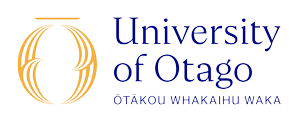Rural nursing workforce planning & development
Original research
Keywords: community health needs, rural health workforce, rural nursing, rural nursing services, workforce planning, community profiling, New Zealand
2025-01-10Hendry, C. (2024). A process to inform rural nursing workforce planning and development. Nursing Praxis in Aotearoa New Zealand.
This paper describes a profiling framework that was developed by the researcher to inform a rural communities' current and future nursing workforce requirements. It has highlighted that rural and local community knowledge is fundamental for informing future local workforce strategies and ensuring the future nursing workforce is going to meet the needs of the local health service and the rural community it provides for. (Michelle Smith RN)
Abstract
With many rural health workers approaching retirement age, a local district in Aotearoa New Zealand embarked on a project to identify the current status of the nursing and kaiāwhina (support worker) workforce to develop a visionary plan for the future to match community health needs. There were four-stages to the project: 1) profile the current population and health resources available in the community; 2) profile the current nursing workforce; 3) survey local nurses regarding their current work and future plans; and 4) seek perspectives of local nurses, health managers and community representatives on strategies to sustain a future nursing workforce. This paper focuses on the first two stages of this project. Using postcodes as a geographic locator, the parameters of the health service catchment were established. Local council and census data relating to the catchment were used to build the district’s profile, while websites provided information on current health service availability. Nursing annual practising data linked to postcodes provided the nursing workforce profile. The finalised framework was designed to inform a future match between the nursing workforce and the district’s community’s health needs. Replication of the process, this profiling framework, has the potential to benchmark progress with nursing workforce development over time, as well as benchmark nursing workforce capacity between rural localities. The findings from the profiling allowed us to demonstrate the uniqueness of the district’s population, the health services available, and both the precariousness and potential of a nursing workforce.

